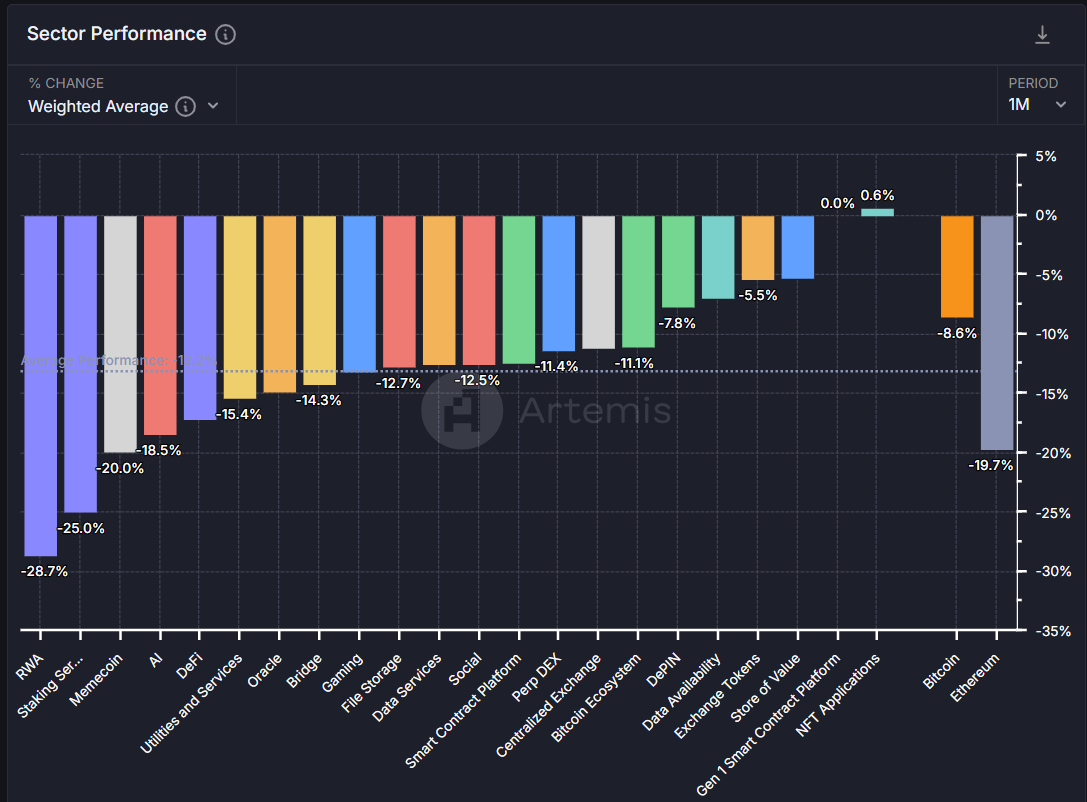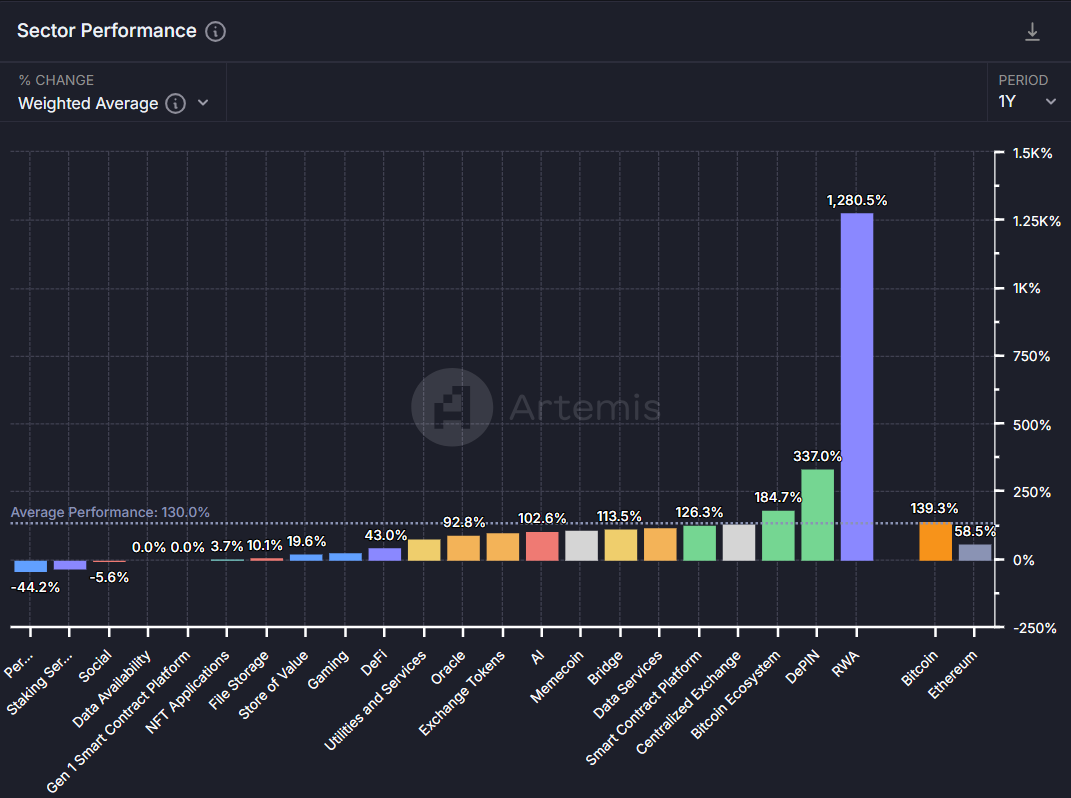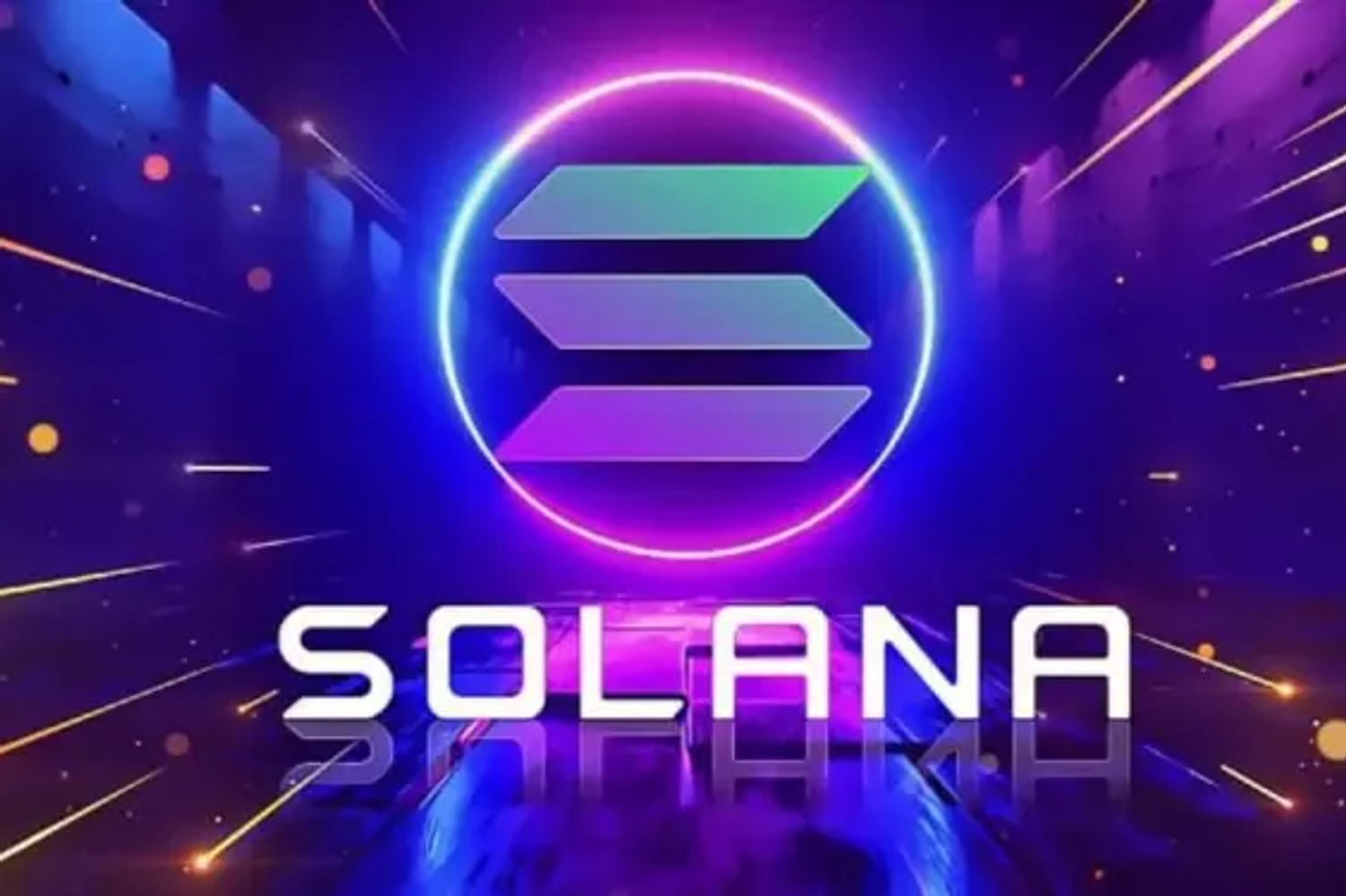What’s Next for Solana’s Struggling RWA Sector?
Once touted as one of this cycle’s biggest sectors, RWA has underperformed in recent months. What lies ahead for Solana’s RWA projects?
Despite dominating other Layer 1’s in DePIN adoption and a growing number of DeFi metrics, Solana’s RWA (Real World Assets) ecosystem struggles to keep pace. Promising to bring tangible assets, like real estate, stocks, and precious metals onchain, RWAs are one of crypto’s most popular sectors in 2024.
Compared to rival networks, Solana faces a shortage of native RWA protocols, relying on multi-chain protocols to provide the bulk of onchain TVL (Total Value Locked).
What can network participants expect from Solana RWA in the remainder of 2024?
RWA Sector Underperforms Amidst Market Turbulence
In recent months, uncertainty has plagued market dynamics across the crypto industry. Geo-political tensions and TradFi disruptions have been major sources of volatility in the market. However, while DePIN has weathered turbulent conditions, RWA has struggled to solidify its market position.

According to Artemis data, the RWA has been crypto’s worst-performing sector over the past month. With the weighted average of token FDVs (Fully Diluted Valuation) in the sector down over 28%, RWA has fared even worse than other beleaguered niches, such as memecoins and AI.
RWA’s poor performance in recent months defies market expectations. Prior to the approval of spot Ethereum ETFs in the U.S., traders were optimistic that ETH’s debut in traditional markets would be a boon for RWA projects across the market.
[https://twitter.com/Astrones2/status/1794061386823135635]
Since then, RWA tokens throughout the industry have struggled, suggesting that the ETH ETF approval may have been a ‘sell-the-news’ event.

That being said, it should also be noted that the RWA sector has vastly outperformed the market over a longer timeframe. Over the last year, the weighted average of RWA token FDVs has increased by 1,280%, an 883% increase over the average performance of all sectors.
Solana RWA TVL Dominated by Multi-Chain Protocols
While the Solana network boasts fiercely competitive DeFi and DePIN economies, Solana’s RWA scene is still relatively underdeveloped.
According to DeFiLlama data, the majority of RWA TVL on Solana is stored in Ondo Finance, a multi-chain protocol. Despite securing TVL on seven blockchains, $ONDO is only listed on Ethereum, meaning that Ondo can hardly be considered a Solana-based project. At press time, only 9.74% of Ondo’s TVL is Solana-based.

Outside Ondo Finance, DeFiLlama has listed only two other Solana-based RWA protocols, VNX and International Stable Currency, with a collective TVL of just over $9M.
The Road Ahead for Solana RWA
Despite the scarcity of Solana RWA projects, upcoming catalysts suggest that there is still plenty of room for RWA growth on the network.
Chintai, an RWA protocol that recently bridged its native token to Solana, has teased the launch of its RWA exchange before the end of 2024. The platform expects $2B in upcoming issuances from 15 companies offering tokenized RWAs like real estate, carbon credits, and fine art.
Meanwhile, Solana is the leading source of TVL for the VNX protocol, an RWA project offering stablecoins pegged to the value of the USD, the Euro, and the Swiss Franc. VNX currently holds over $11M in TVL, with 67.64% of these funds held on Solana.
Elmnts recently announced the conclusion of its pre-seed round. Spearheading a Solana-native entrance into the RWA economy, Elmnts raised $2M in a round led by Graph Ventures and Foundation Capital.
RWA tokenization on Solana is far from the ecosystem’s most active sector. However, this could be seen as a blessing in disguise. In the absence of a clear leader, emerging RWA protocols on Solana are well-placed to establish market dominance in one of this cycle’s biggest niches.
Read More on SolanaFloor
Why is Mango DAO destroying $MNGO tokens?
Mango DAO Approves SEC Settlement But Refuses Second Proposal to “Burn It All”
How Can I Swap Tokens on Solana?


